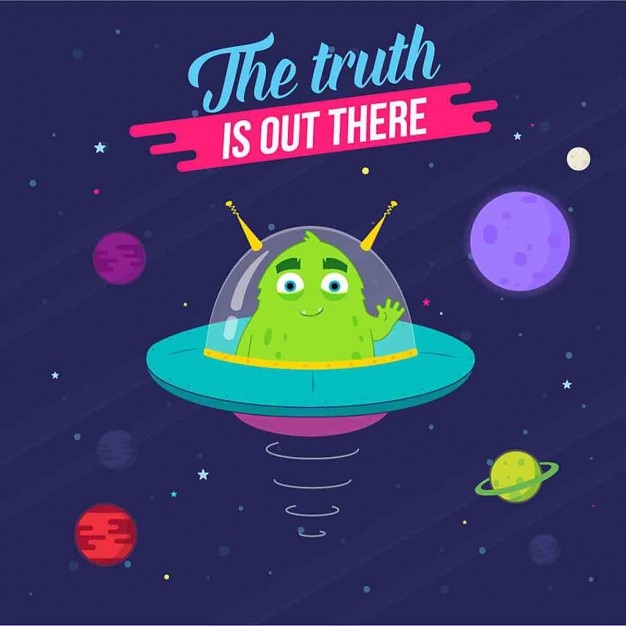Amazing Neptune – Uncovering the Fun Facts of the Mysterious Blue Planet

Neptune is the eighth and farthest planet from the Sun in our solar system.
Neptune is named after the Roman god of the sea.
It takes Neptune about 165 Earth years to orbit the Sun.
The blue color of Neptune is due to the presence of methane in its atmosphere.
Neptune is the coldest planet in our solar system.
Neptune has the strongest winds in the solar system, with speeds that can reach up to 1,200 miles per hour.
The Great Dark Spot, a massive storm system on Neptune, was first observed in 1989 but has since disappeared.
Neptune has a highly eccentric orbit, meaning it is not perfectly circular.
Similar to Earth, Neptune also experiences seasons, but they last for much longer due to its long orbit.
The first spacecraft to visit Neptune was Voyager 2 in 1989.
Neptune has 14 known moons, with Triton being the largest and most well-known.
Triton, Neptune’s largest moon, is the only moon in the solar system that has a retrograde orbit, meaning it orbits in the opposite direction of its planet’s rotation.
Triton is believed to be a captured Kuiper Belt object, making it unique among large moons.
Neptune’s moons are named after sea gods and nymphs in Greek mythology.
Neptune’s moon, Nereid, has an incredibly eccentric orbit, meaning it is highly elongated and not circular.
Neptune’s rings are made up of small particles of ice and rock.
Amazing Neptune – Uncovering the Fun Facts of the Mysterious Blue Planet part 2
Neptune’s rings were discovered in 1984 by the Voyager 2 spacecraft.
The rings of Neptune are named after famous astronomers, including Galileo and Kepler.
The gravitational pull of Neptune is about 17% stronger than Earth’s.
Neptune has a surprisingly low magnetic field, roughly 27 times weaker than Earth’s.
The surface of Neptune is believed to be composed of a mixture of water, ammonia, and methane ices.
The atmosphere of Neptune is mostly composed of hydrogen and helium, similar to the gas giants Jupiter and Saturn.
Since Neptune is so far from the Sun, it receives only about 1/900th of the sunlight Earth does.
The average temperature on Neptune is a bone-chilling -353 degrees Fahrenheit (-214 degrees Celsius).
If you were to stand on Neptune, you would weigh approximately 17% of your weight on Earth.
Neptune has been visited by only one spacecraft, Voyager 2, making it one of the least explored planets in our solar system.
Neptune was not known to ancient civilizations and was only discovered in 1846 by Urbain Le Verrier and Johann Galle.
The discovery of Neptune was a result of mathematical calculations predicting the existence of an unknown planet based on gravitational disturbances observed in the orbit of Uranus.
The name Neptune was suggested by French astronomer Urbain Le Verrier and later accepted by the international astronomical community.
Neptune has a unique atmospheric phenomenon called scooter, where bright methane clouds move at high speeds across the surface.
The atmosphere of Neptune has distinct bands of clouds, similar to those seen on Jupiter and Saturn.
One Neptune day, or the time it takes for Neptune to make one complete rotation, is about 16 hours and 6 minutes.
It would take over 36,000 Neptunes lined up side by side to reach the distance between Earth and the Sun.
The largest storm ever observed on Neptune was called the Dark Spot. It was as large as Earth and persisted for several years.
Neptune has been referred to as an ice giant due to its composition and extremely low temperatures.
Due to the extreme temperatures and pressure on Neptune, it is unlikely that any form of life could exist there.
Neptune has a mass that is roughly 17 times that of Earth, making it one of the most massive planets in our solar system.
Despite its massive size, Neptune has a relatively low density, meaning it is less dense than Earth.
The discovery of Neptune was a significant milestone in the field of astronomy and contributed to an understanding of the outer reaches of our solar system.
The distance between Neptune and the Sun varies over its orbit, ranging from approximately 2.7 billion miles to 2.9 billion miles.
The gravitational influence of Neptune has been used to explain irregularities in the orbit of Uranus and is an example of the power of Newton’s laws of motion and universal gravitation.
Neptune’s atmosphere is known for its vivid blue color, which is caused by the absorption of red light by methane in its atmosphere.
The Voyager 2 spacecraft captured stunning images of Neptune, including images of its rings, moons, and atmospheric features.
Triton, Neptune’s largest moon, is believed to have nitrogen geysers, spewing nitrogen gas into space from beneath its frozen surface.
The exploration of Neptune and its moons continues to be an area of interest for scientists and astronomers, with hopes of learning more about the distant reaches of our solar system.

